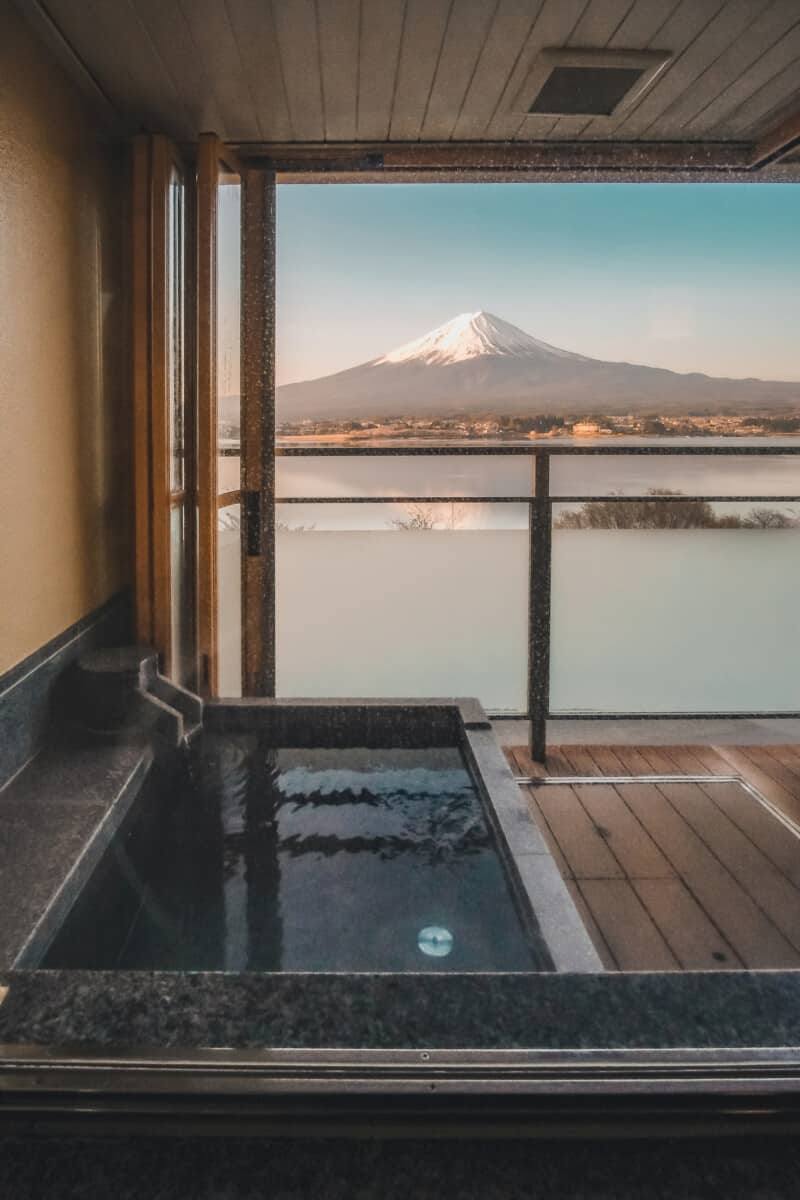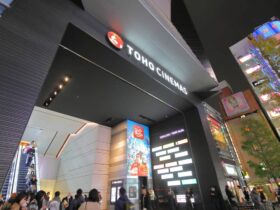My last trip to Tokyo involved a few days at an Onsen in Michida, A suburb of Tokyo. I specifically asked my wife to find an Onsen that had a private bathing area. She found the perfect place with a small tub just off our room. There was a terrific view of the surrounding area. A quick definition for anyone not sure what an onsen actually is:
As a general rule Onsen are hot springs created by volcanic activity far below the surface where groundwater is heated up to 177 degrees Fahrenheit. In Japan, Onsen bathhouses make use of mineral-rich water. Onsens have various types indoor, outdoor, public, and private.
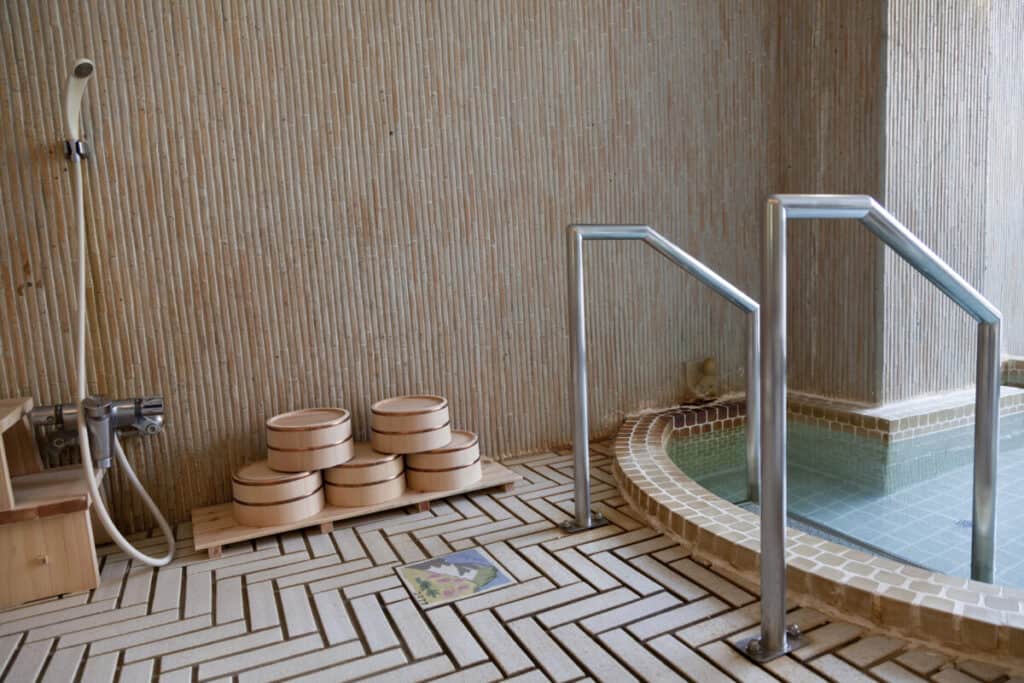
To be a true onsen in Japan the water must contain certain levels of minerals and have a minimum temperature of 77 degrees Fahrenheit generally onsen water is much hotter. A bathhouse is technically not an onsen…
A standard Japanese bathhouse that isn’t supplied with geothermal mineral waters is simply termed a Sento (public bathhouse).
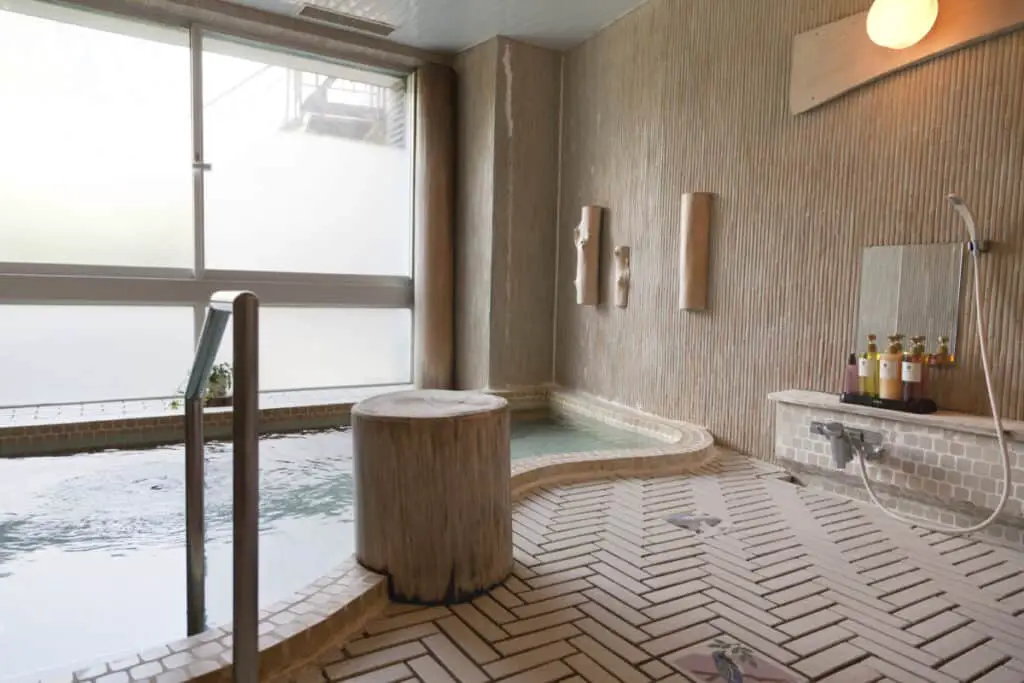
Most commonly westerners most often want to know what is worn in the bath area.
As a general rule, you are provided a Yukata (a type of kimono) for the areas outside of the bathing area. Inside the bathing area, clothing is prohibited and everyone is nude. You will be provided a small towel but it should not be allowed to come into contact with the bath.
Steps to using the onsen
- Pay at reception
- Store your clothing
- You may receive a Yukata
- You will receive a towel
- Wash yourself in the shower area
- Clean wooden or plastic stool
- Slowly enter the pool or tub
- Avoid your towel touching the water
- Relax and soak
- Do not shower after exiting
- Get dressed
Some onsen have automated ticket machines to purchase at the reception desk while others may have a full-time staff. Once you receive your pass proceed to the changing areas.
In the changing rooms, there will either be lockers to store your shoes and clothing and at some private onsen, it might only be baskets or shelves.
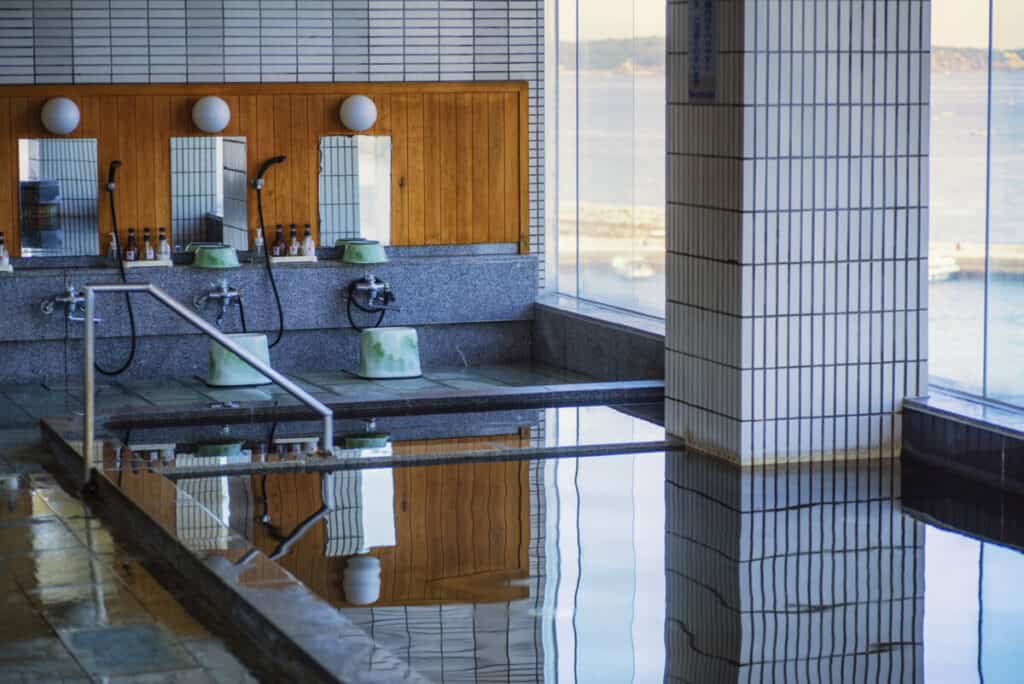
Many onsens have a type of front-tied robe called a Yukata similar to a Kimono. You will also be given a towel and in many cases, the towel is not what we think of in the west. It’s a rather small towel not much larger than a handkerchief.
Once you proceed into the bathing area you will see a row of showers along with small stools, sometimes made of wood or plastic. Onsen provides shampoos and soaps in this area.
Makes sure you wash thoroughly as it is taboo to enter the pool or tub with others in an unwashed state.
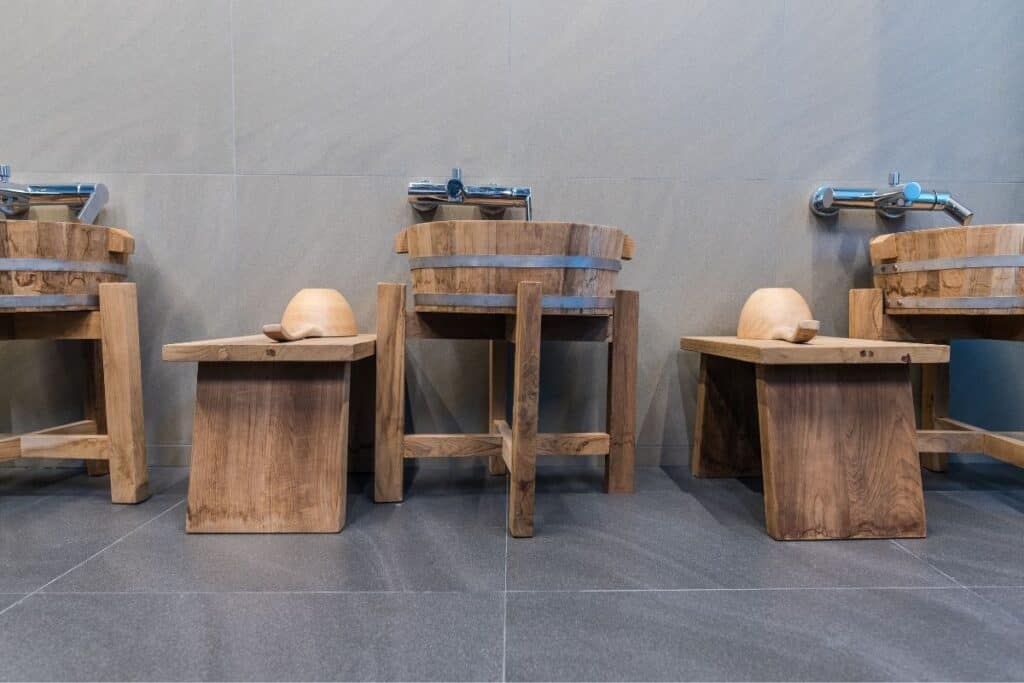
Clean your plastic or wooden stool along with any other bathing tools such as a brush and place them into their original position before leaving the shower area.
Enter the pool slowly as the water can be very hot and make take a moment to acclimate yourself.
Be sure that your towel never comes in contact with the water in the tub. Towels are usually worn either on the head (most common among Japanese men) or folded and placed next to the pool area.
Relax, soak and take in the experience.
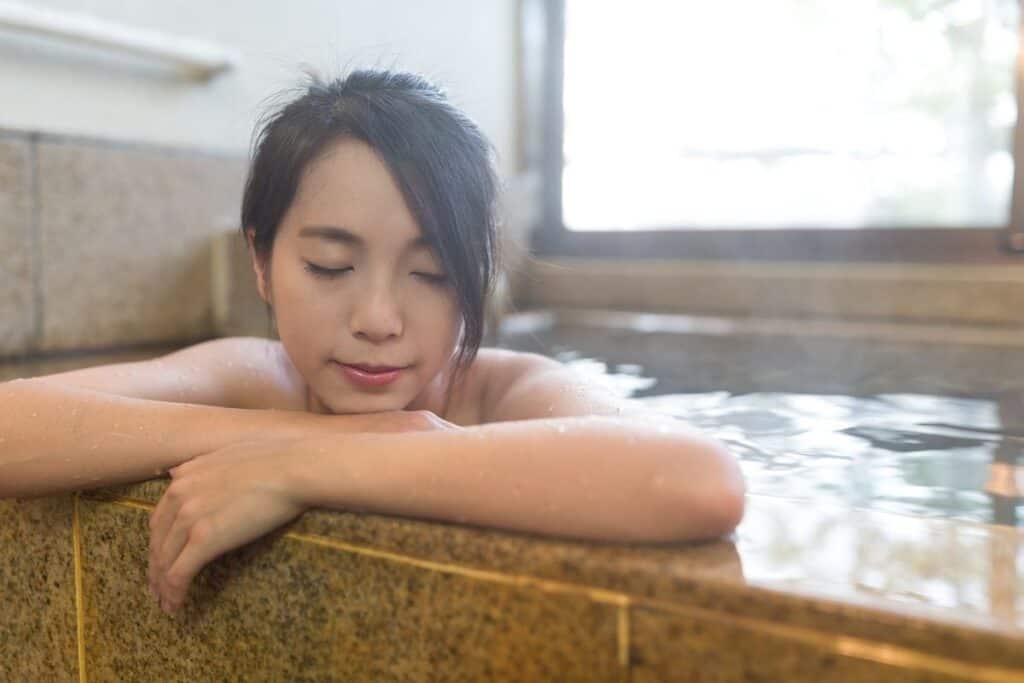
Be careful not to spend too much time in the water if you have medical conditions such as high blood pressure.
If the water is extremely hot you may want to limit yourself to 15 minutes at a time and exit the tub and return once you have cooled down.
Once you feel you have finished time in the onsen water, remember not to shower as the healthy minerals in the water that have deposited on your skin will be washed away.
Dry yourself and get dressed…you have just experienced your first Onsen.
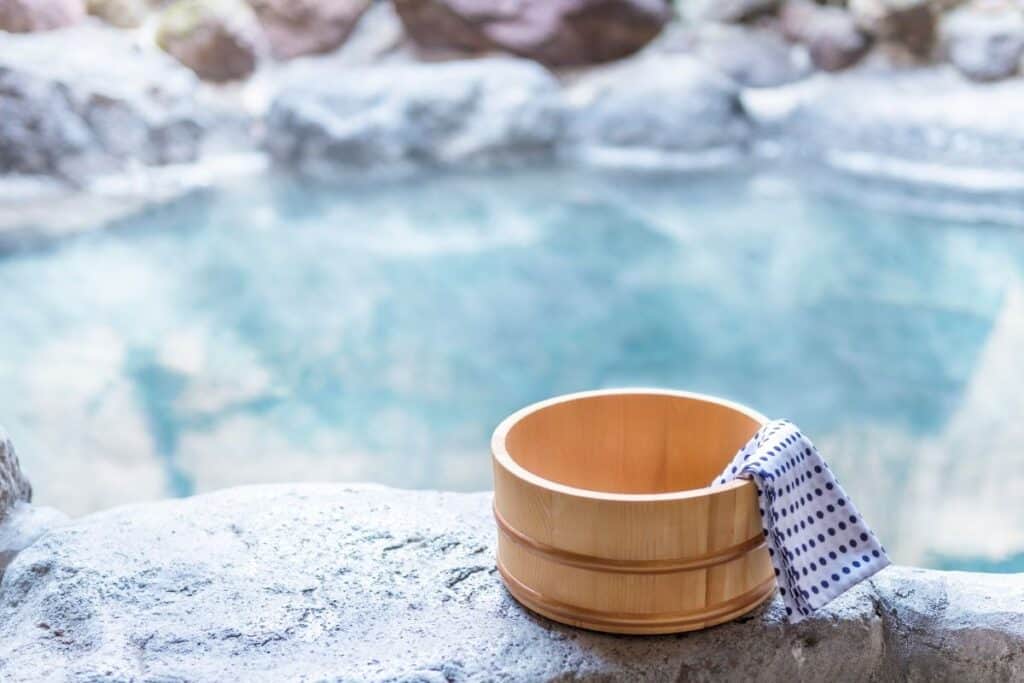
The 6 types of onsen in Japan
- General onsen large public bathhouse (separated by gender)
- General onsen large public bathhouse (unisex)
- Outdoor open air onsen (separated by gender)
- Outdoor open air onsen (unisex)
- Open air private onsen
- Open air private onsne with guest room
In the case of unisex onsen men and women are allowed to wear clothing or cover with a full size towel. In other cases unisex onsen that share a common pool or tub the times at which men and women use the onsen will occur at different intervals.
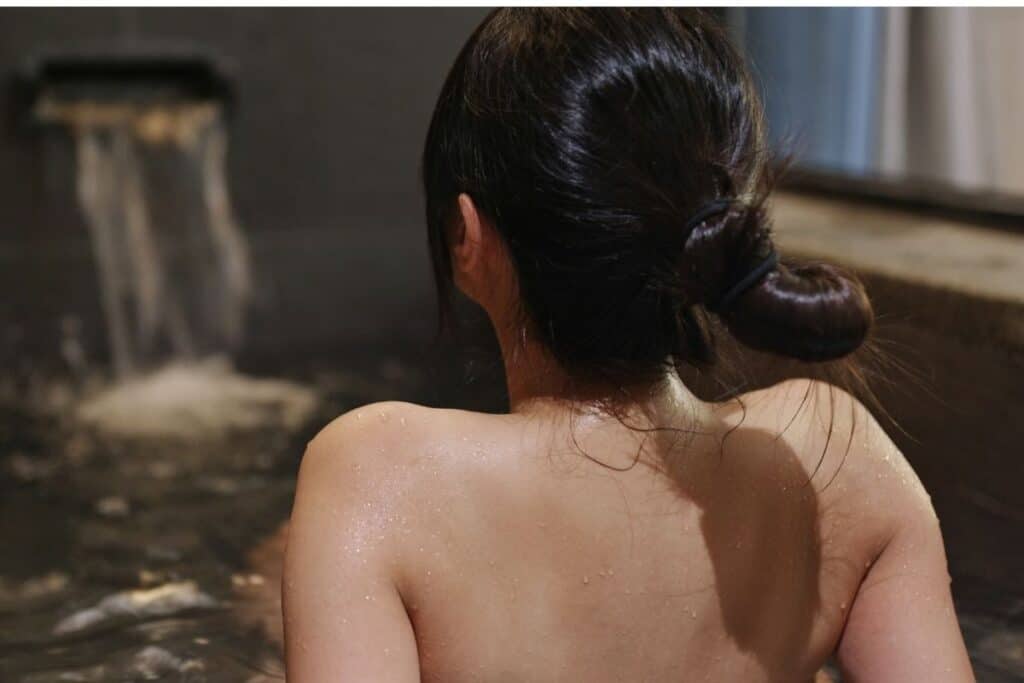
Tatoos and Onsen
Many people have heard the stories of onsen being a no tattoo zone. Mostly this is not a myth and there are a few reasons the Japanese don’t like seeing them at the public baths.
As a general rule onsens do not allow heavily tattooed customers as it may be seen as being associated with criminal activity or the Yakuza (Japanese mafia). Although westerners with small or inconspicuous tattoos will more than likely not be turned away.
Take note however if you are heavily tattooed you can more than likely use a private onsen. In my opinion its easier to relax when you’re the only one in the onsen.
As a general rule onsen are extremely clean and as a whole are maintained very well by staff. Each person who enters the pool or tub has showered. Well-maintained onsens are also cleaned overnight for the next day’s visitors. On average Japanese onsen are very clean and hygienic.
Most modest westerners have a hard time with being nude around strangers. The Japanese themselves are modest people. So how can they be so comfortable with onsen culture.
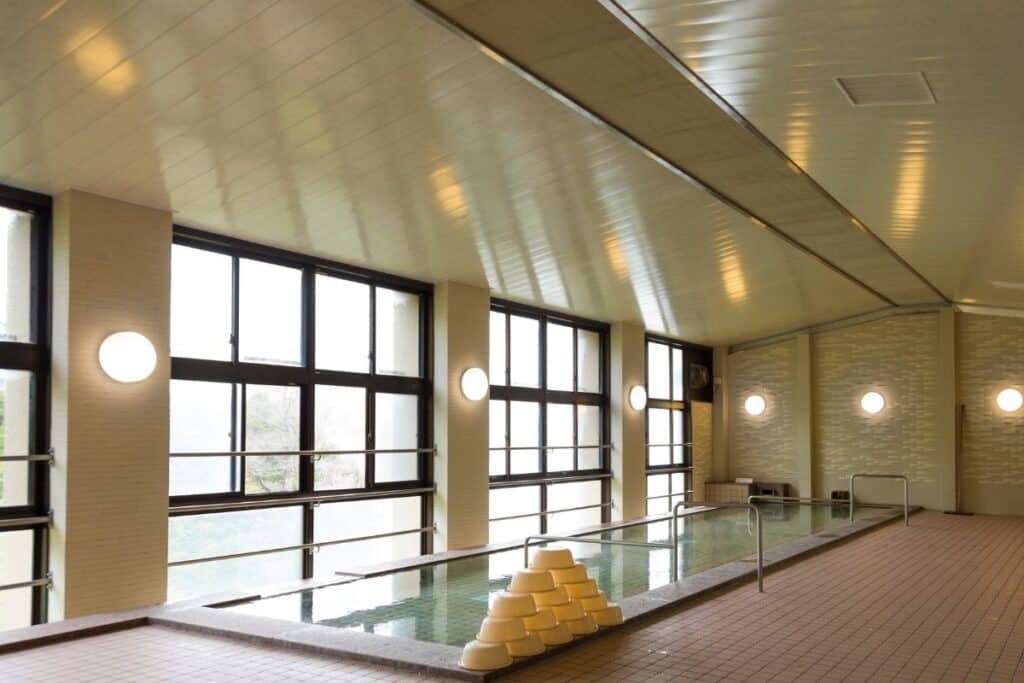
The Japanese view of nudity differs from those in the west primarily because of different views from a religious background and see the onsen as a medicinal treatment for the mind and body. If onsen were completely mixed as they once were many decades ago then even the Japanese might have difficulty using onsens.
Our little slice of paradise was completely private and I could say it was truly a great experience. Everyone ask when I relate the story of staying at the private onsen, their first question is always, how much?
Spilt water will not return to the tray
Japanese proverb
As a whole, private onsens prices vary greatly upon location. Prices for a standard well-run onsen with an attached private suite can be as little as $50 per night up to $100. An exclusive upscale onsen can reach up to $650 to $750 USD per night.
Our onsen stay was quite reasonable and the suite had two full-sized beds, a table and chairs, and a small fridge. The open-air area had a view of the city area and was flanked on both sides with a bamboo fence.
Although the bamboo is a common plastic fencing seen all over Japan made to look like real bamboo. The price was $150 per night and changes by season.
Manyo.co.jp Take a look here at the onsen where we stayed (both private and public bathing areas available)
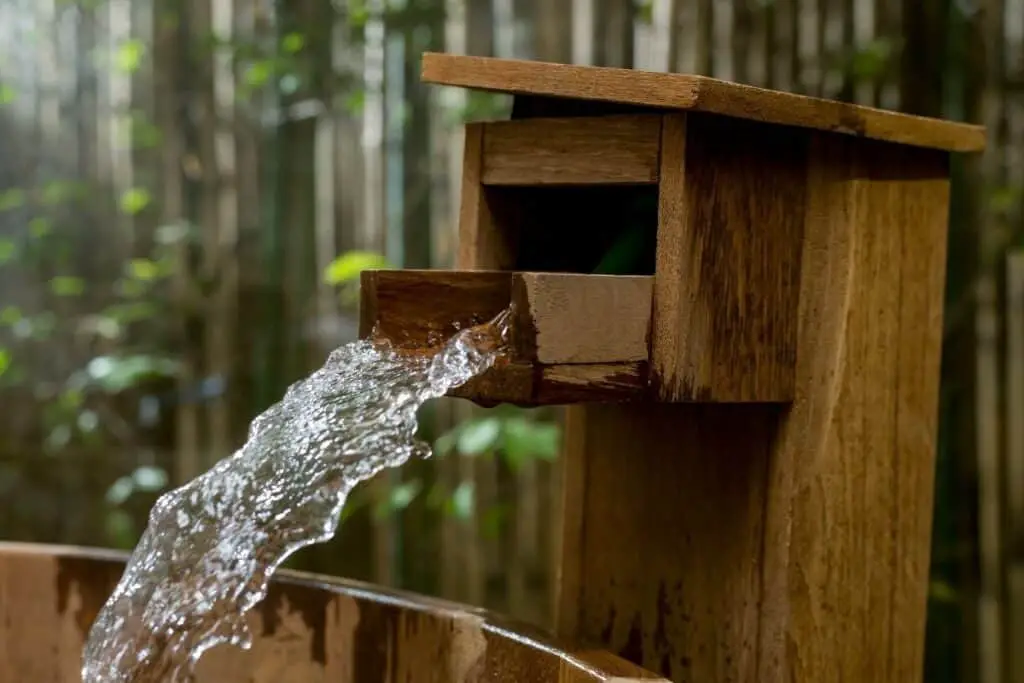
Benifits of using an onsen
- skin detoxification
- relieve tense muscles
- better sleep
- increased blood circulation
- reduce stress
- relieve muscle pain
- increased metabolism
- increased energy
- lowers anxiety
Top ten recommended onsen in and around Tokyo
| Thermae Yu | https://thermae-yu.jp/ | Thermal Water | Shinjuku | $21.90 Per Adult |
| Odaiba Tokyo Oedo | https://daiba.ooedoonsen.jp/ | Thermal Water | Shinbashi | $10-$20 Per Adult |
| Sayano Yudokoro | https://www.sayanoyudokoro.co.jp/ | Thermal Water | Itabashi | Contact for rate |
| Oita Onsenza | https://www.saravio.jp/onsenza/ | Thermal Water | Asakusa | Contact for rate |
| Toshimaen Niwa no yu | http://www.niwanoyu.jp/niwa/ | Thermal Water | Nerima | Contact for rate |
| Somei Spa Sakura | http://www.sakura-2005.com/ | Thermal Water | Komagome | Contact for rate |
| Heiwajima Onsen | https://www.heiwajima-onsen.jp/ | Thermal Water | Ota-ku | Contact for rate |
| Shimizuyu | http://www.shimizuyu.com/ | Thermal Water | Shinagawa | Contact for rate |
| Hisamatsuyu | https://www.hisamatsuyu.jp/ | Thermal Water | Ota | Contact for rate |
| Times SPA Resta | http://www.timesspa-resta.jp/ | Thermal Water | Toshima | Contact for rate |
Any time spent in Japan should inevitably include at least one trip to the onsen. Most people are apprehensive at first but after a short time, you will feel comfortable and won’t regret taking a little time to enjoy one of the most common practices of everyday Japanese culture.

